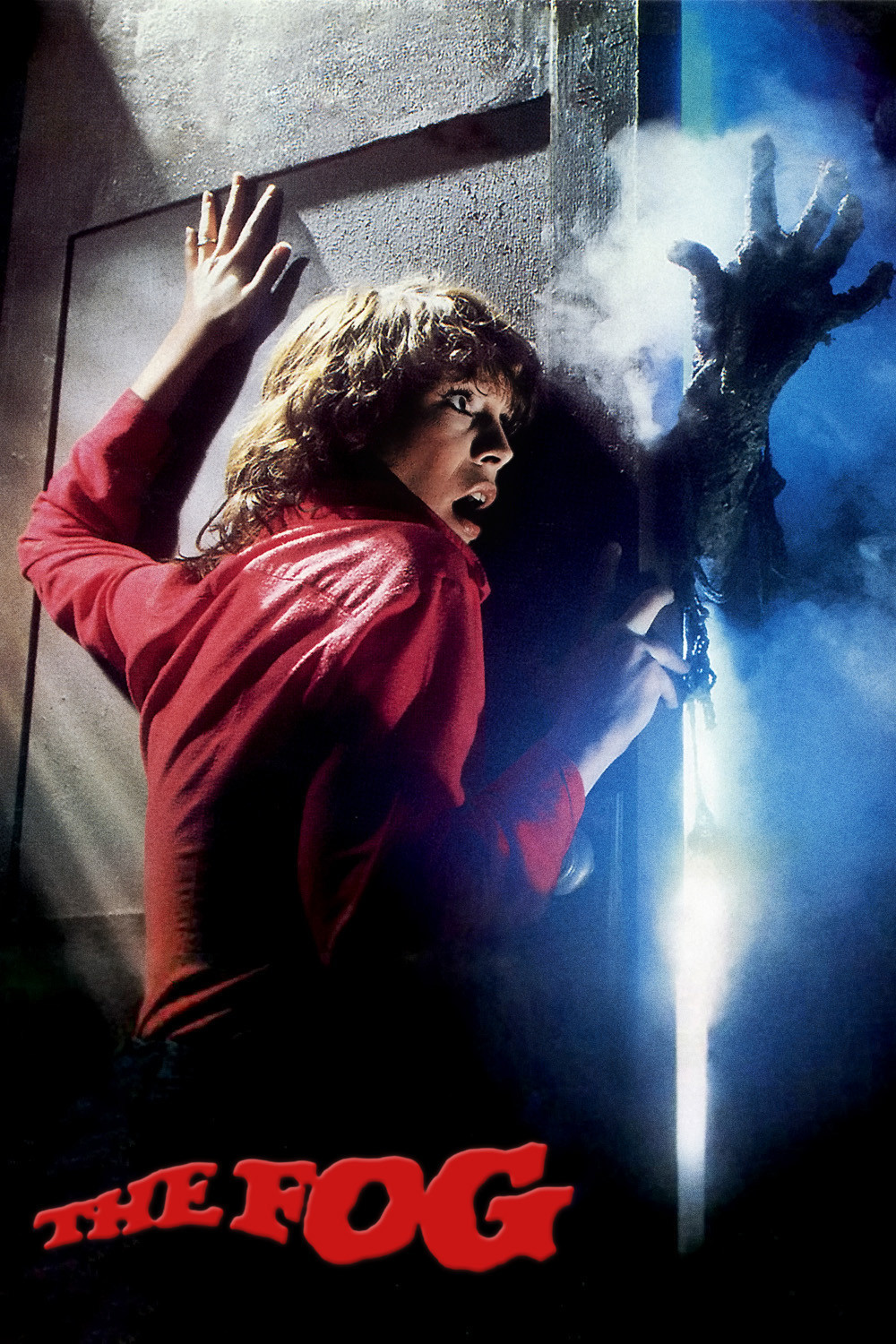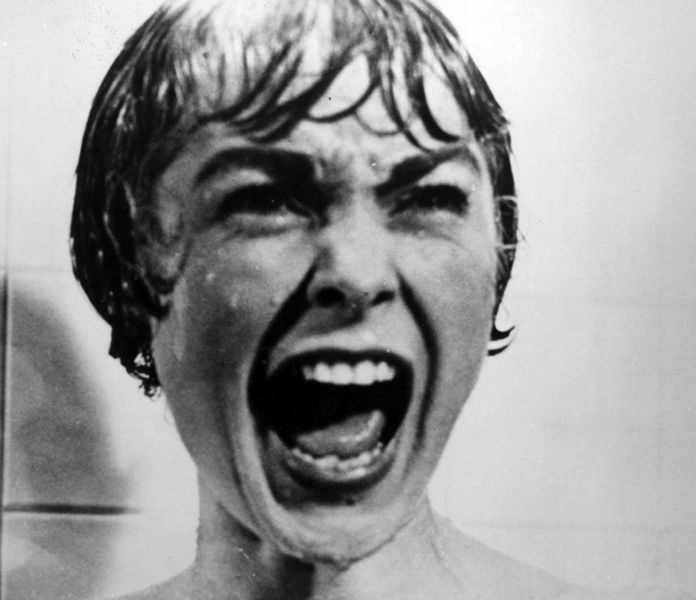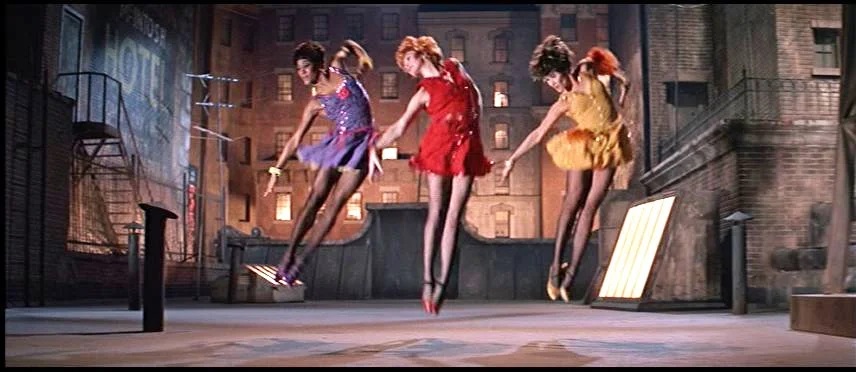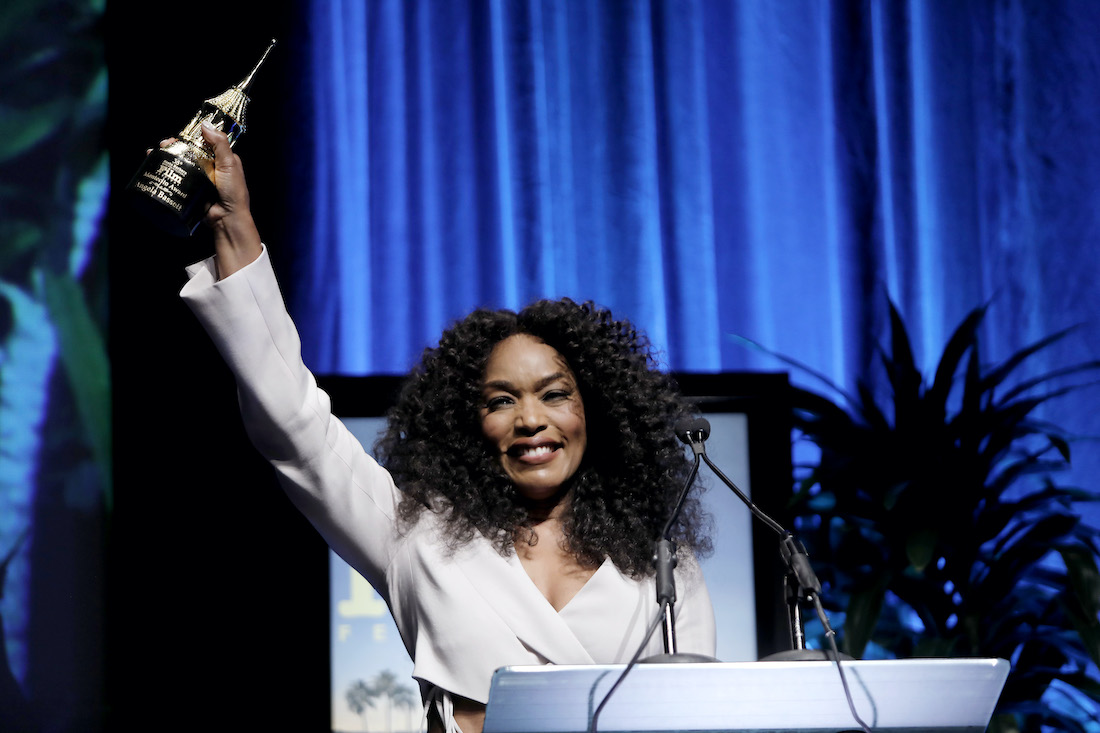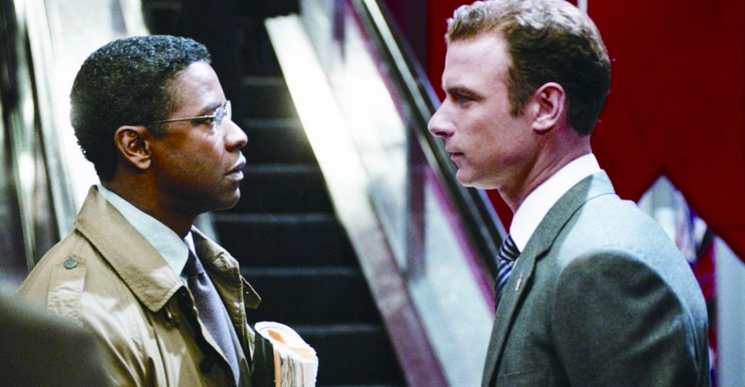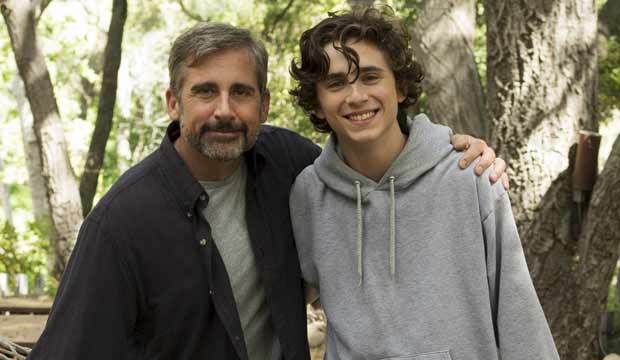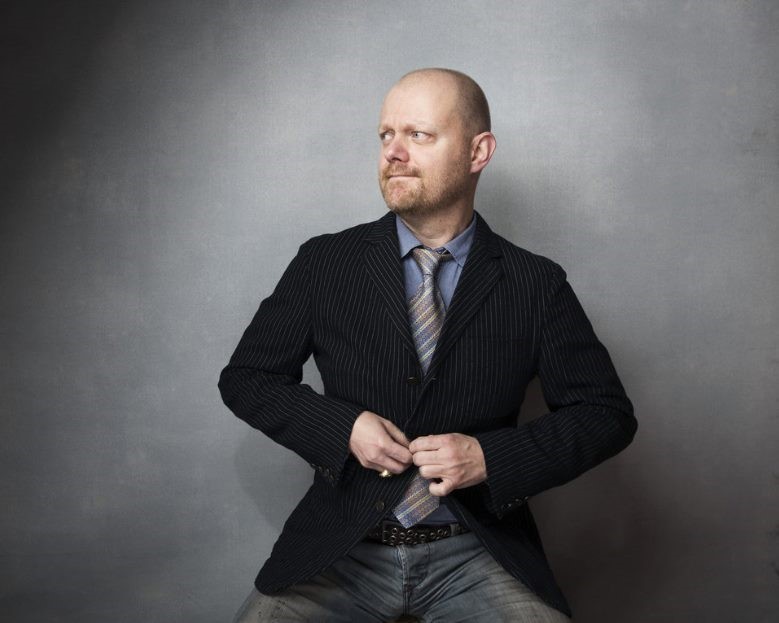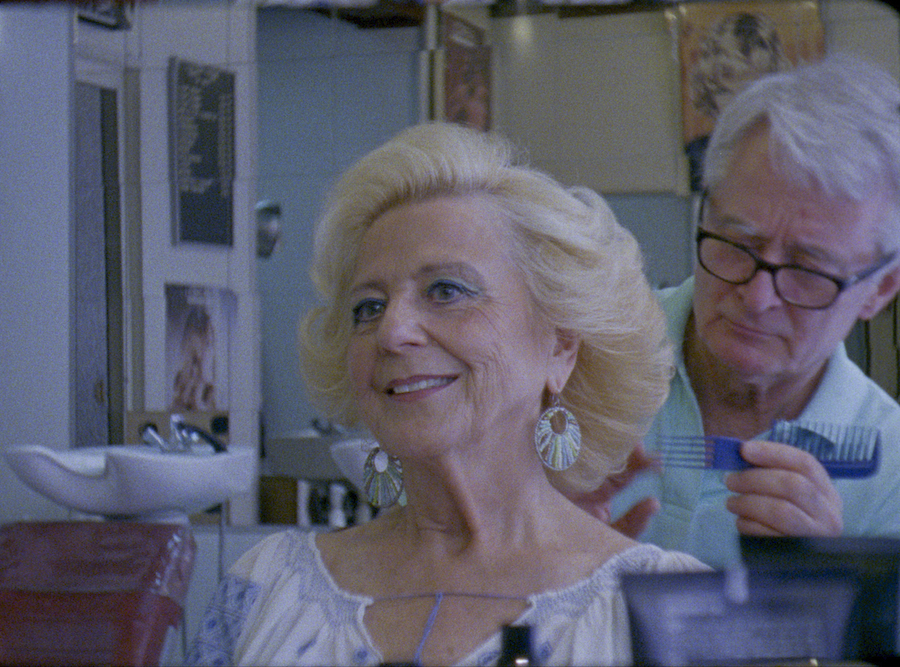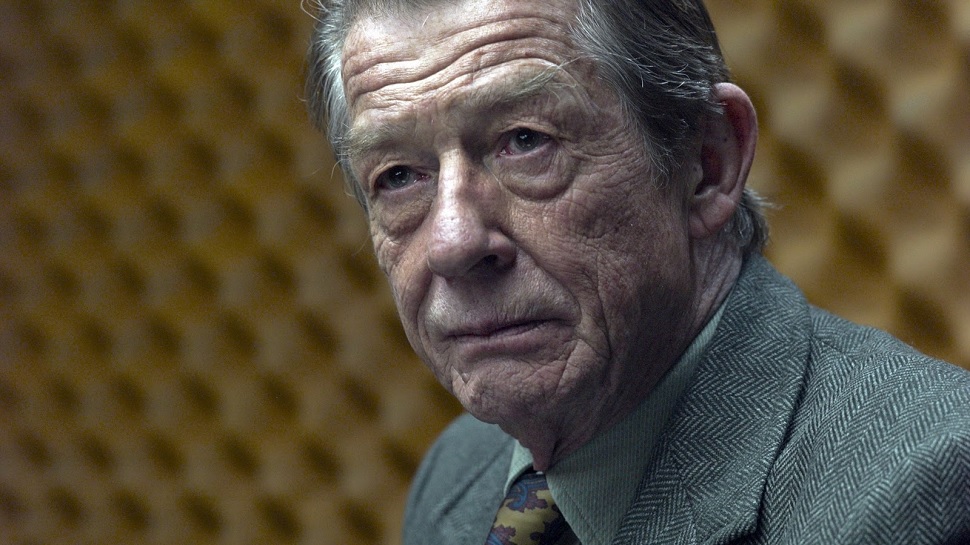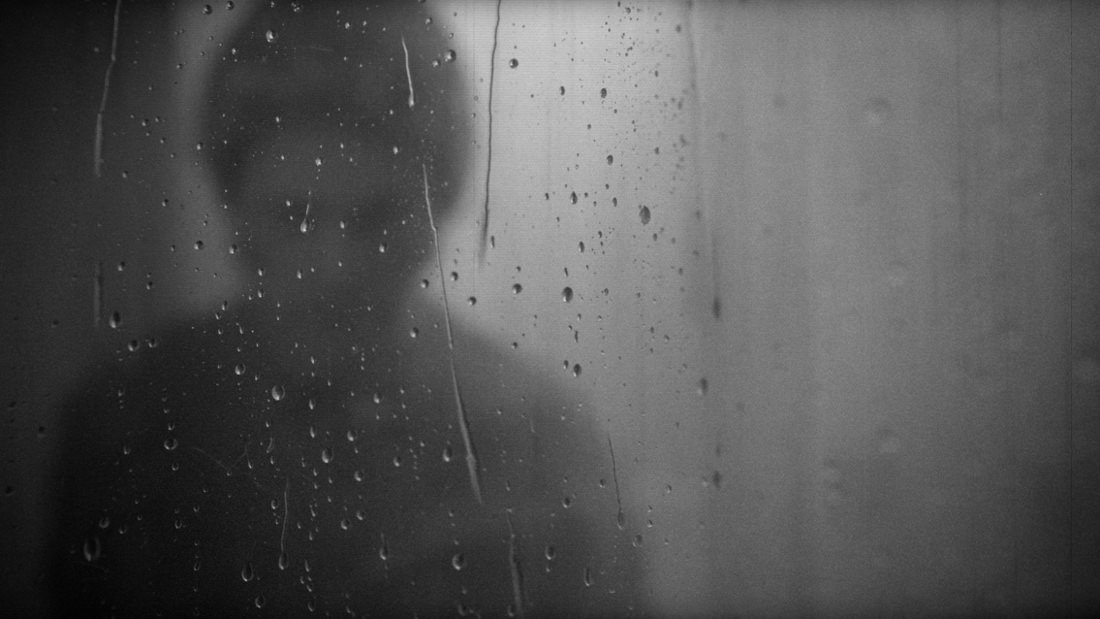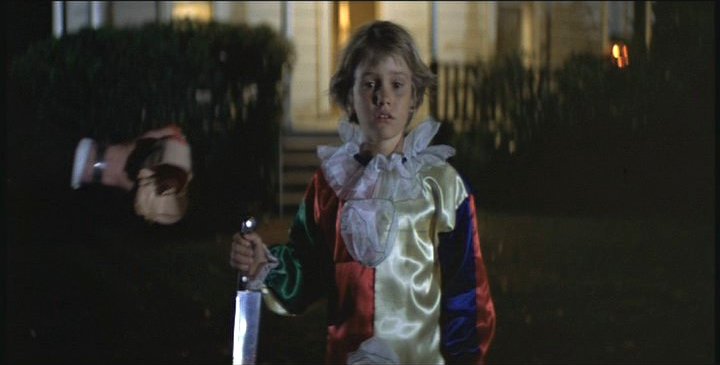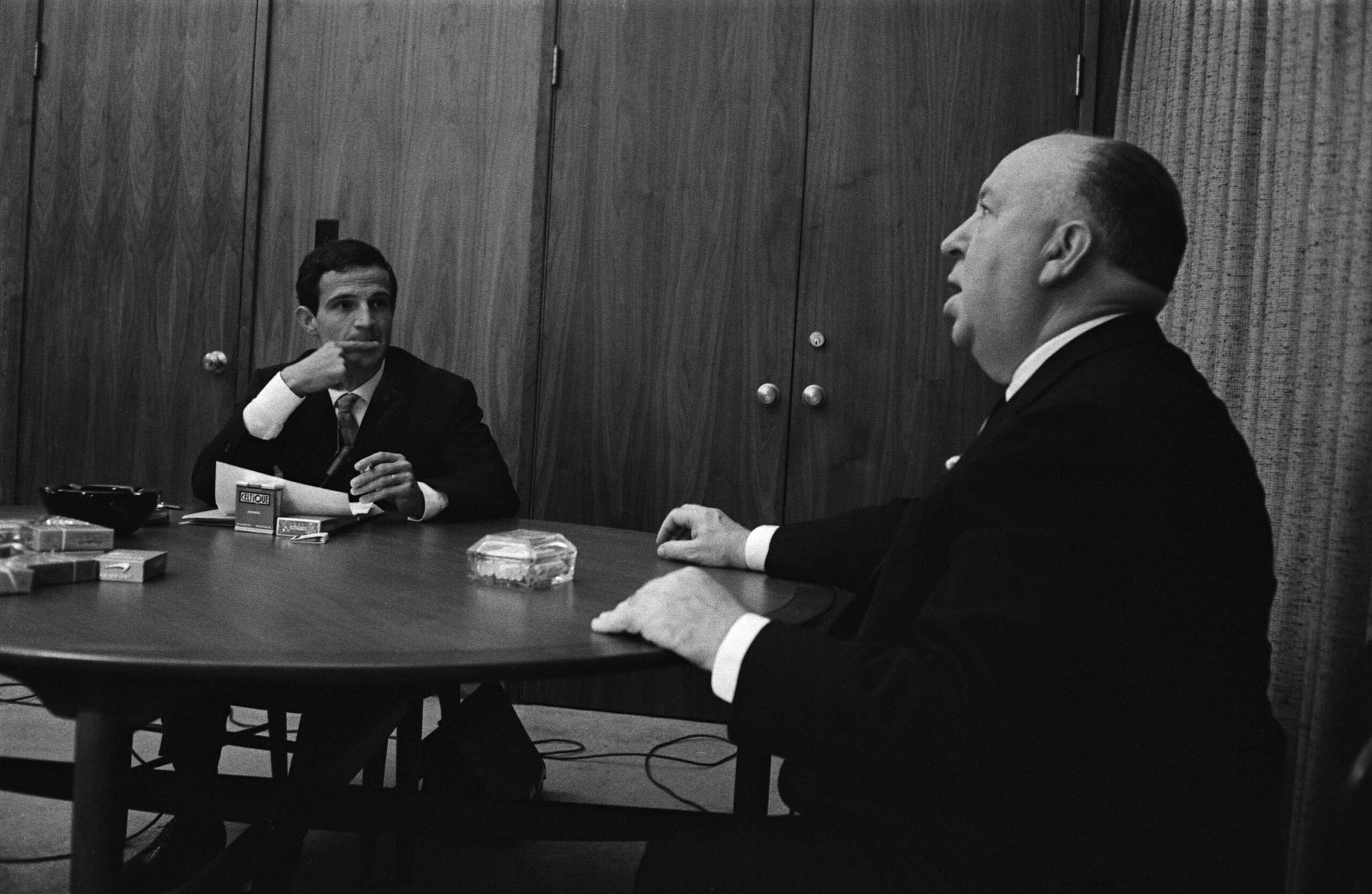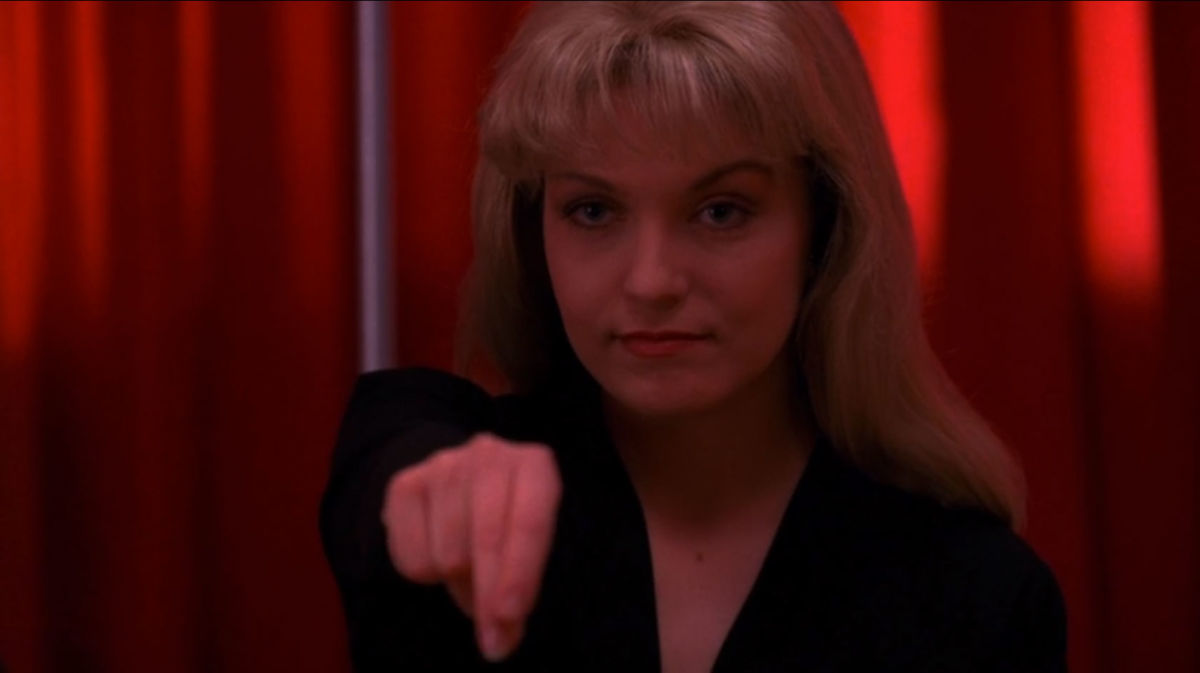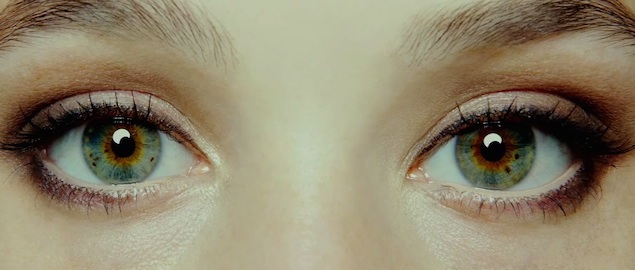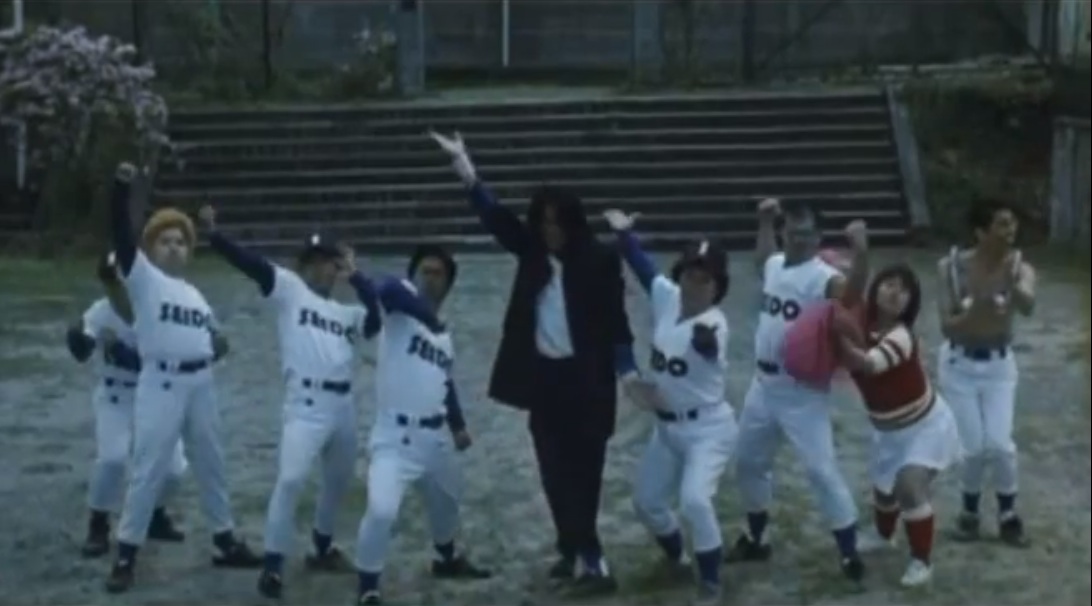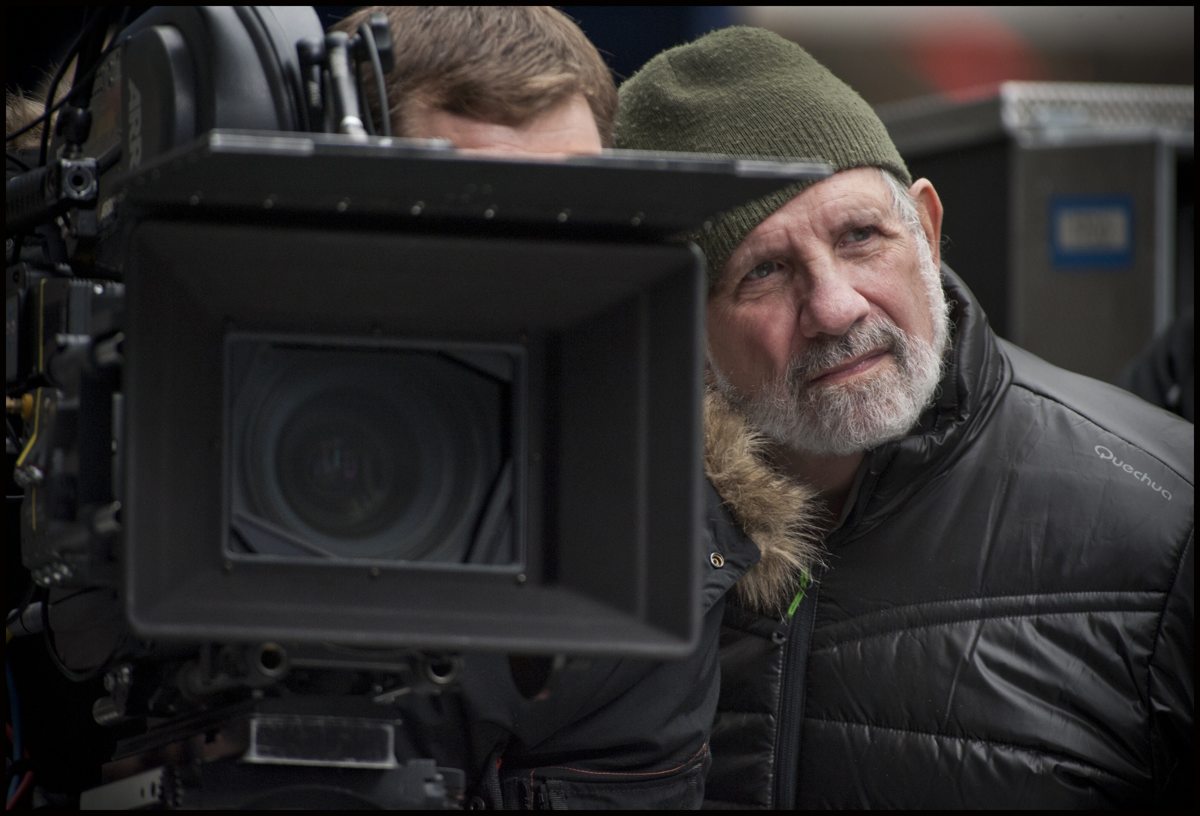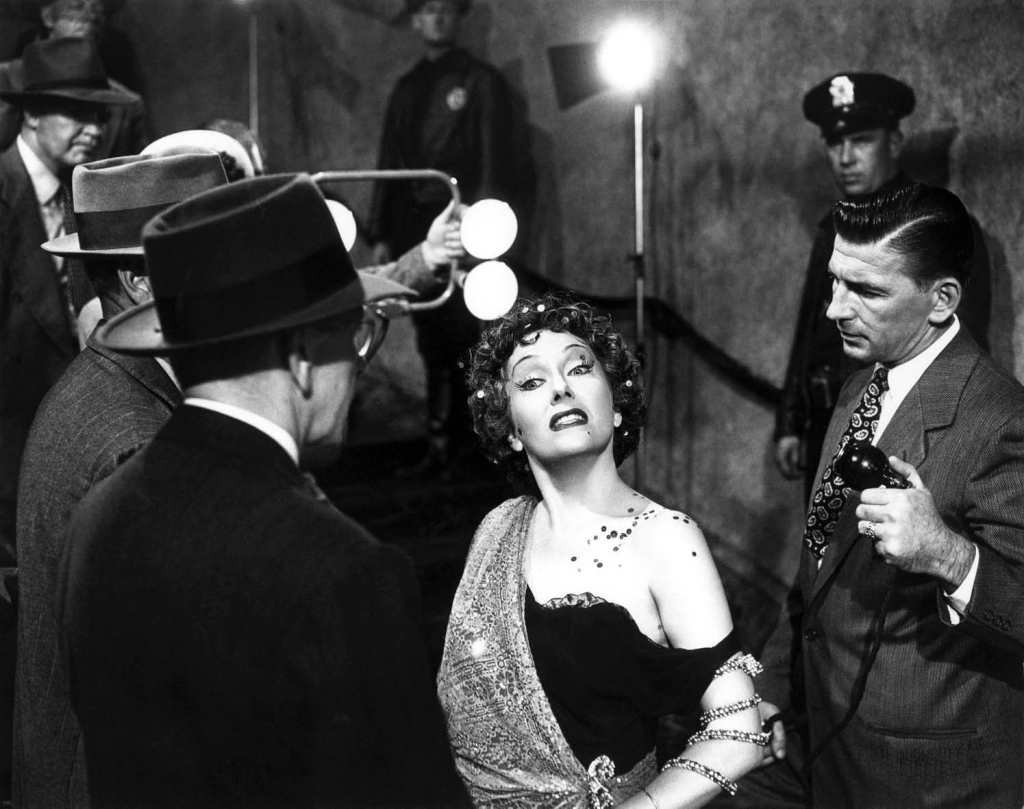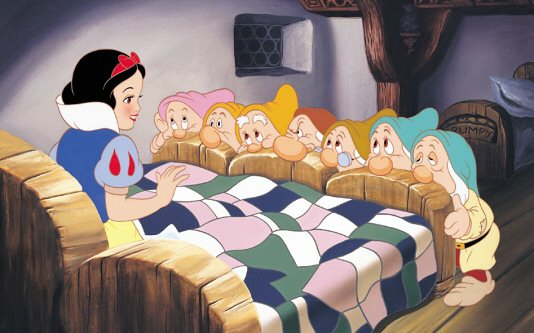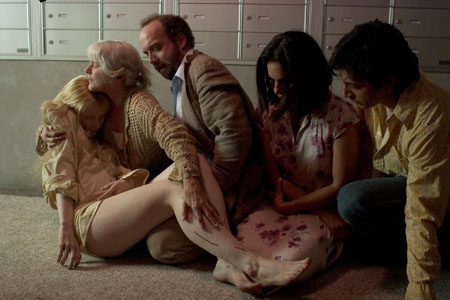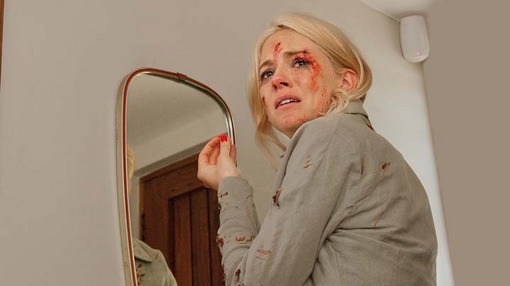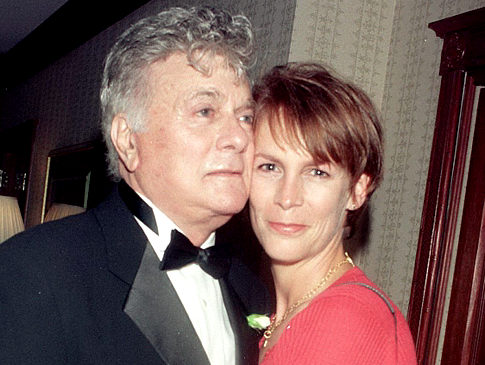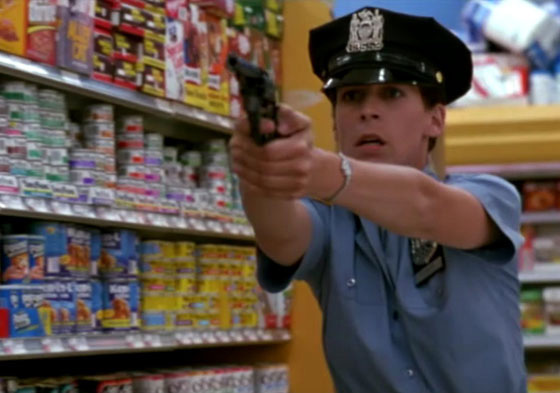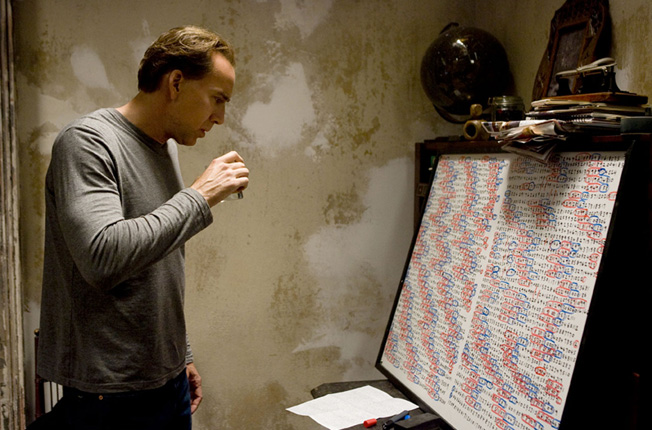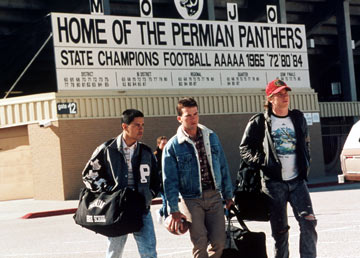Janet Leigh Movie Reviews
Blog Posts That Mention Janet Leigh
Janet Leigh dies at age 77
Roger Ebert
Psycho: Murder in close-up (without bodies)
Jim Emerson
Broadway Legend: Chita Rivera (1933-2024)
Nell Minow
Angela Bassett, Jamie Lee Curtis, Brendan Fraser, Cate Blanchett, Colin Farrell and Brendan Gleeson Feted at SBIFF 2023
Donald Liebenson
30 Minutes on The Manchurian Candidate
Matt Zoller Seitz
30 Minutes On: “Beautiful Boy”
Matt Zoller Seitz
Hot Docs Interview 2017: Alexandre O. Philippe on “78/52”
Matt Fagerholm
Hot Docs 2017: “Maison du Bonheur,” “Becoming Bond,” “78/52,” “Erotica: A Journey Into Female Sexuality”
Matt Fagerholm
John Hurt: 1940-2017
Brian Tallerico
Sundance 2017: “78/52”
Walker King
Chinese New Year: Monkeys, Poems and Spoiler Alerts
Jana Monji
30 Minutes on: “Halloween”
Matt Zoller Seitz
Cannes 2015: “Hitchcock/Truffaut,” “Green Room,” “Love”
Ben Kenigsberg
Thumbnails 10/9/14
Matt Fagerholm
Lenses and Reflections: “I Origins” and the history of the eye closeup
Alan Zilberman
Zombies in the Outfield and Cats in the Owner’s Box; the Top Ten Odd and Overlooked Baseball Movies
Bob Calhoun
Brian De Palma’s Films, Ranked
Peter Sobczynski
The most emblematic rooms in movies
Roger Ebert
Stars under the stars, for free
Roger Ebert
TCM’s 15 most influential films of all time, and 10 from me
Roger Ebert
Ebert: The Night Watcher
Roger Ebert
Hitchcock is still on top of film world
Roger Ebert
Opening Shots Quiz 2: Answers
Jim Emerson
Movies 101: Opening Shots Project
Jim Emerson
A boy’s best friend is his mother
Wael Khairy
“Blade Runner:” Great, but a little dull
Gerardo Valero
The Girl: Putty in Hitch’s hands
Jeff Shannon
Welles film is restored to intended glory
Roger Ebert
In memory: Tony Curtis, 1925 – 2010
Roger Ebert
Jamie Lee Curtis: “Blue Steel”
Roger Ebert
Hitchcock: He Always Did Give Us Knightmares
Roger Ebert
The Master of Suspense is Dead
Roger Ebert
I know I’m right about ‘Knowing’ and its critics were unknowing
Roger Ebert
We’re not in Texas anymore… are we?
Roger Ebert
Movie Answer Man (07/26/1998)
Roger Ebert
Movie Answer Man (12/15/1996)
Roger Ebert
Popular Reviews

The best movie reviews, in your inbox
